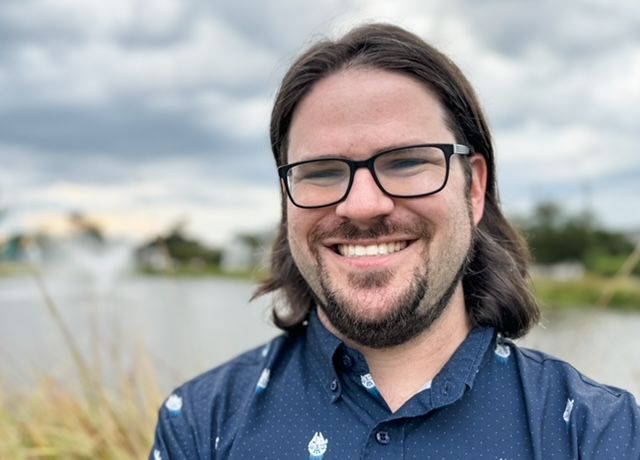Opening Address & Keynote Presentation: Unlocking Tumor-Immune Dynamics: How TruTumor Histoculture Reveals Insights into Head and Neck Cancer Responses to Checkpoint Therapy
)
Dynamic interactions within the tumor microenvironment influence patient responses to immune-modulating therapies. Current preclinical models often fail to accurately capture this complexity, leading to poor translation into human clinical trials. Using our proprietary TruTumor platform, we analyzed responses to anti-PD1 therapy in head and neck cancer patients. By integrating spatial, genomic, proteomic, and cellular multi-omic analyses, we assessed immune cell populations, T-cell activity, cytokine levels, and tumor cytotoxicity. Patients were stratified into five sub-cohorts, with extremes representing the best and worst responses. High responders exhibited robust T-cell reinvigoration and increased tumor cytotoxicity, while non-responders showed immune suppression and tumor progression. Some intermediate responders demonstrated improved outcomes with anti-CTLA4 and anti-PD1 combinations, as evidenced by better effector T- cell ratios and enhanced tumor cytotoxicity. This approach provides a valuable tool for studying drug responses in human-derived tumors, offering insights into mechanisms, pharmacodynamics, and potential biosignatures for predicting responses prior to clinical trials.



